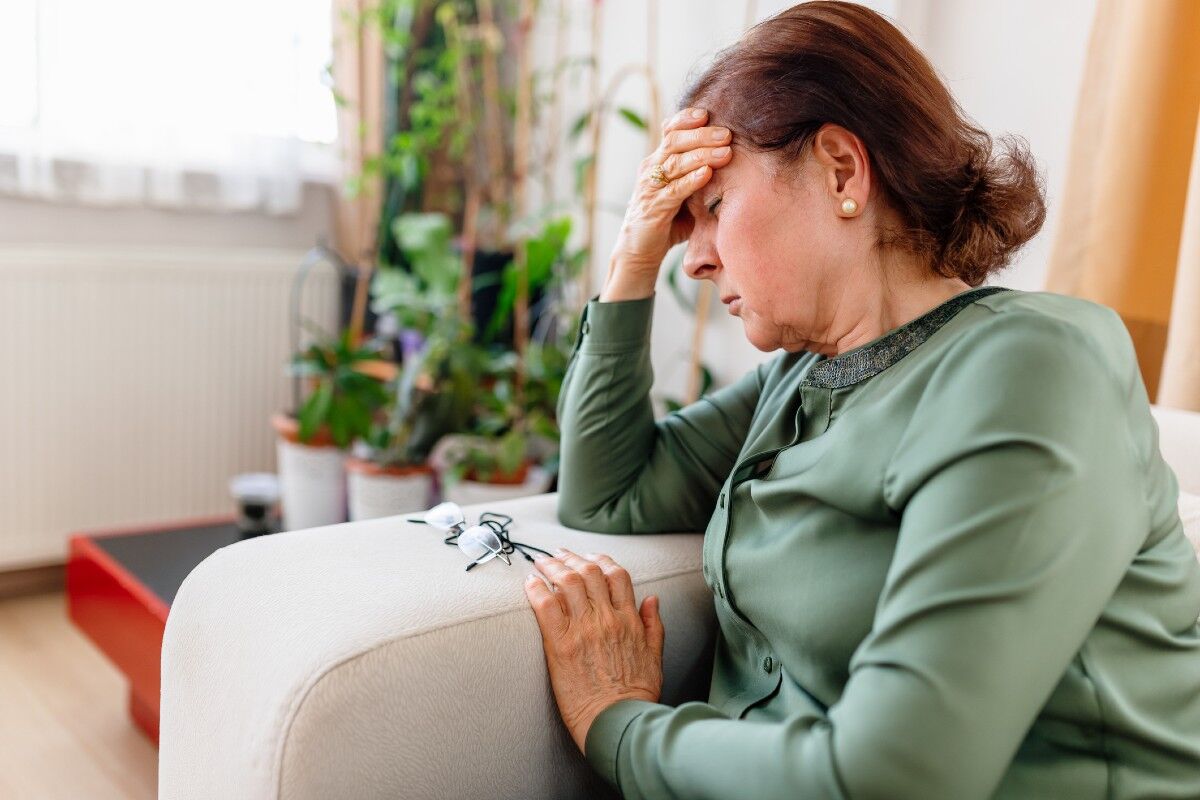T4K3.news
New treatments for thread veins announced
Dr. Ellie Cannon discusses effective solutions for treating thread veins and cautions on proper evaluation.

Discussion of thread veins treatment options highlights advancements and concerns.
New treatments for thread veins raise hope for smoother legs
Thread veins, also known as spider veins, often appear on the skin as small, web-like formations. While considered cosmetic issues by the NHS, various methods can address them. Common treatments include sclerotherapy, where a solution is injected to close these veins, and laser therapy, which targets smaller veins but may change skin pigmentation. Recently, a newer method called diathermy has emerged, using heat from an electric current to effectively treat thread veins, requiring minimal time and no injections. Compression socks and avoiding leg crossing are suggested to prevent worsening of the condition. However, an underlying issue, such as varicose veins, should be checked by a GP first before pursuing any treatments to avoid recurrence of thread veins.
Key Takeaways
"Patients should have thread veins inspected by a GP before any private treatment."
Dr. Ellie Cannon emphasizes the importance of assessing underlying conditions before treatment.
"Thread veins are not usually treated on the NHS as they are considered a cosmetic issue."
This statement reflects public health policies regarding non-essential medical treatments.
"Avoid crossing legs but try compression socks as they appear to help prevent thread veins."
Dr. Cannon provides preventative advice that can be easily implemented.
"Diathermy appears to be more effective than sclerotherapy and laser therapy."
A claim highlighting the potential improvement in treatment options.
The rise in non-invasive treatments for conditions like thread veins signals a greater societal acceptance of cosmetic procedures aimed at enhancing self-image. As patients seek more options, attention shifts to the need for informed decisions regarding these treatments and potential risks associated. It's crucial for individuals to consult GPs about underlying issues, ensuring they address the root cause rather than just cosmetic symptoms. The balance between accessibility to treatments and potential undertreatment of serious conditions remains a key consideration.
Highlights
- New treatments give fresh hope for those with thread veins.
- Compression socks may just be your new best friend.
- Sclerotherapy: the classic option, but is it the best?
- Diathermy could change the way we treat thread veins.
Potential risks in treating cosmetic conditions
While treatments for thread veins exist, underlying vascular problems must be identified to prevent further issues. Ignoring these can lead to complications if non-invasive cosmetic treatments are pursued without proper evaluation.
Informed choices about treatment can empower patients to improve their confidence and health.
Enjoyed this? Let your friends know!
Related News

New NHS plan aims to improve ME/CFS care
:max_bytes(150000):strip_icc()/GettyImages-2227392128-f95994034c8f47c38408febb9d015a6c.jpg)
Stock Markets Climb as Earnings Reports Approach
Hengrui and GSK collaborate on new drug development

Dana-Farber and Brigham ranked top cancer hospitals

Weill Family Foundation launches cancer research hub

Metroid Prime 4 receives rating suggesting news soon

Trump announces new sweeping tariffs

Major DLC for Dynasty Warriors: Origins announced
